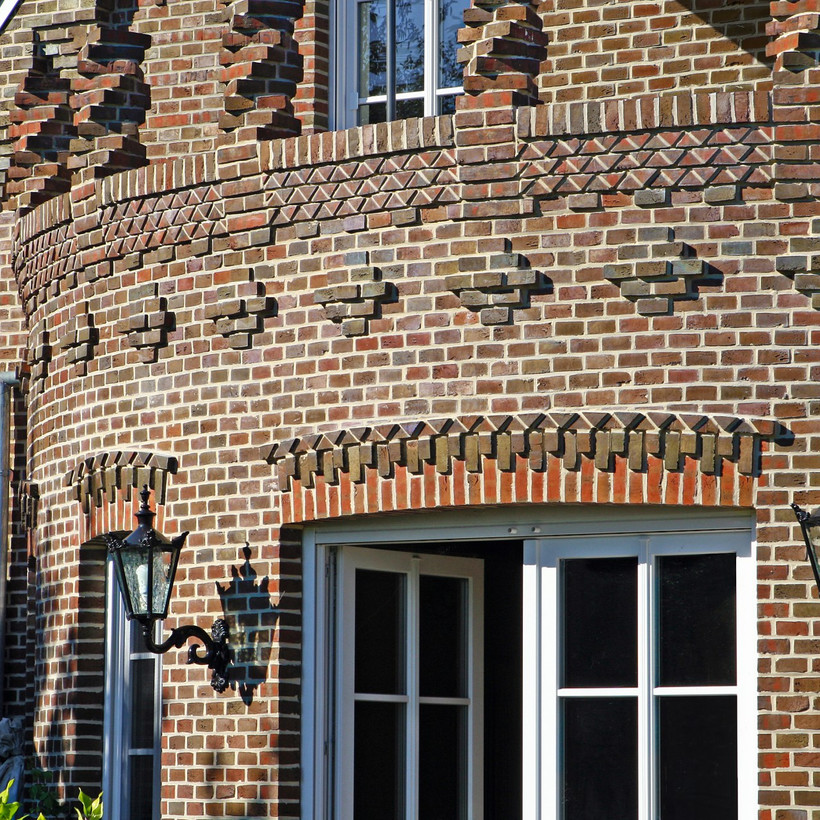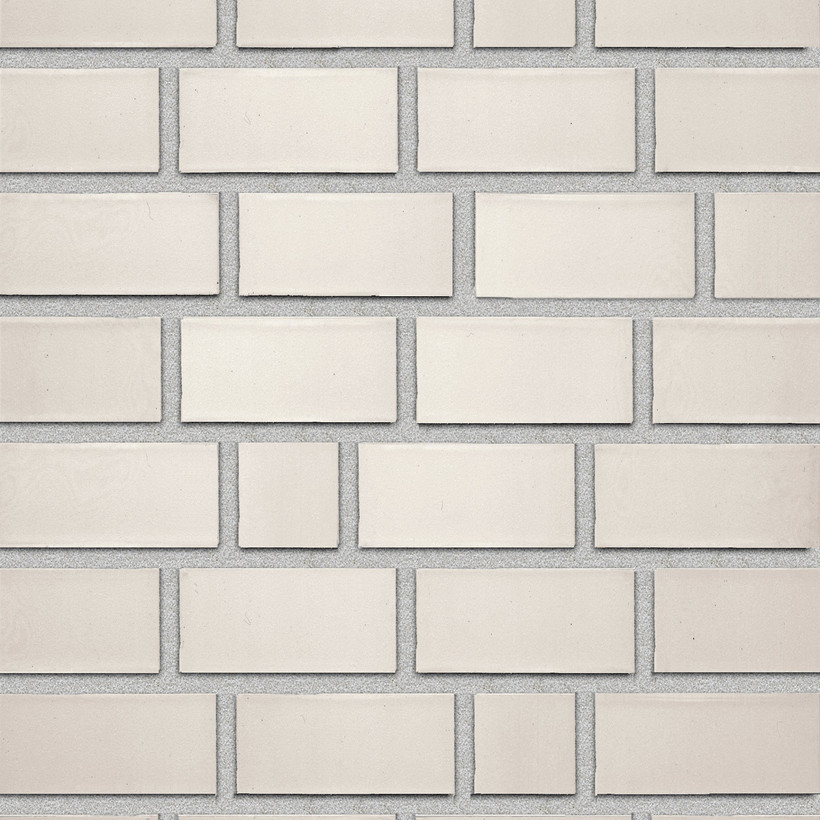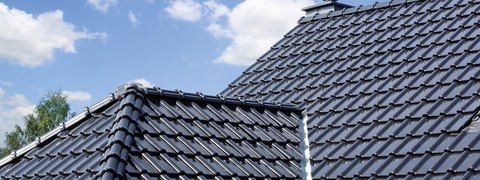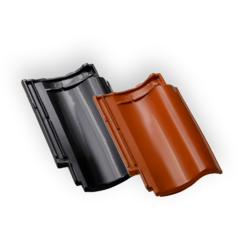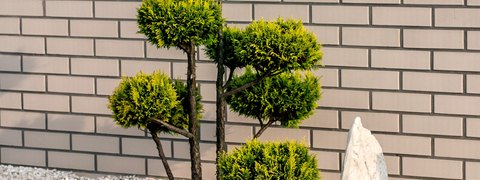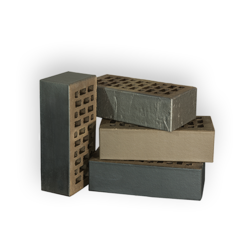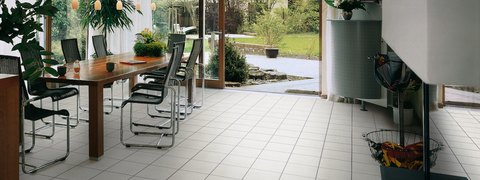Interesting brick joints
When building a house, we can distinguish it against the background of neighboring buildings through planned arrangement of layers of bricks in the façade wall.

The advantage of layered house walls, constructed with a loadbearing wall with a middle insulation layer and an outer façade, is the possibility of an aesthetic exposure of the bricks, constituting a decoration for the whole building.
Regardless of the choice of a specific pattern of laying bricks in the wall, it is important to remember the basic principle - the bricks are stacked with the longest bases in parallel. The overlapping construction layers are shifted by a half, or a quarter of a brick, binding the brick surface. This creates a stable and compact structure, which is resistant to the pressure of the subsequent layers of the façade. While adhering to these principles, it is required to consider the layout and positioning of the bricks, in order to create patterns in the wall. In the architecture, common bindings found in facades are the so-called stretcher bindings. The stretchers (the longer brick edges) are laid in successive layers, shifted by half the length of the bricks (so-called medium binding) or even by a quarter of length (lifting binding). The stretcher layers retain regularity of positions, reminiscent of a step layout. Vertical bindings are shifted in rows by half a bricks’ length, located in every second layer above each other.
In the gothic pattern, the heads (the short edges of the bricks) are stacked directly over one another and adhere vertically, only with half their widths.
In the horizontal plane of this arrangement, the stretchers are alternated with the brick heads. The wall with the above layout seems to be tightly bound, because the bricks system is optically dense. The Wendish binding is similar, with the difference that the head layout is vertically separated with stretchers, from layer to layer. The surface of the façade exhibits the symmetry of the position of the stretchers and the heads. The vertical bindings in every second layer are in a single, vertical line. The elevation, proportionally complemented by brick heads, visually widens the wall.
The way of binding bricks will also be important. The joint not only fixes and binds the façade construction, but also exposes the species and specificity of the bricks used. In addition, the weld can illuminate or darken the wall and, what is very important - highlight the selected pattern.
A rich color range of clinker and many types of glazes with varied surface textures may be applied in the design of a beautiful façade. Choosing the right bricks for a wall emphasizes the styling of the house, so it must meet the requirements and the sense of aesthetics preferred by the investor.
Arch. Anna Krajewska-Ludwiczuk
Pracownia Projektowa ARCHIPELAG
